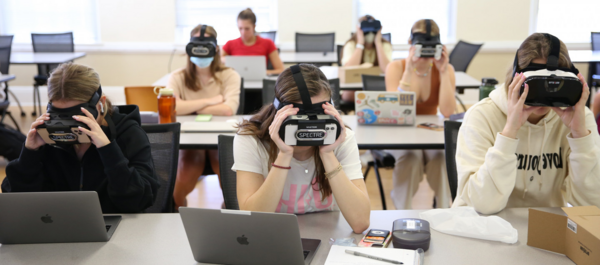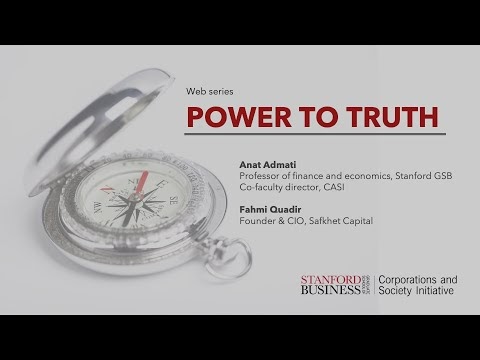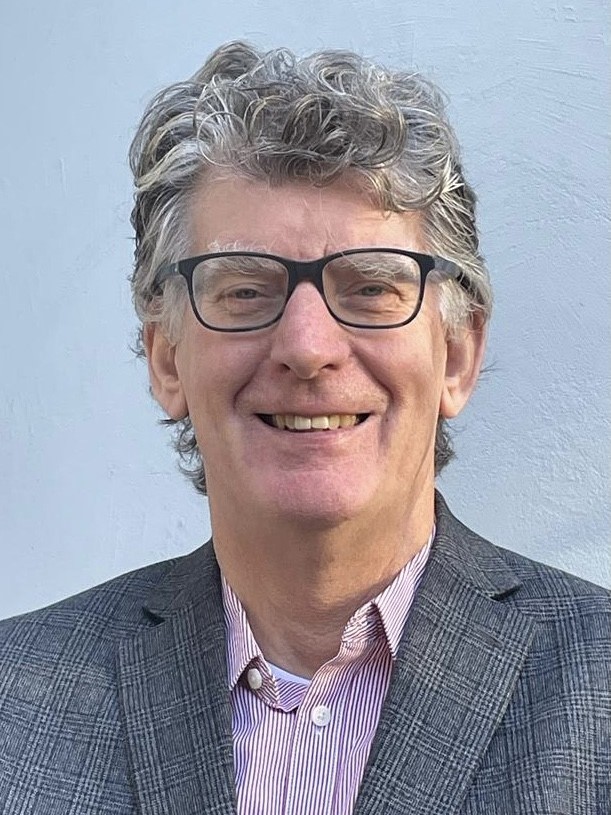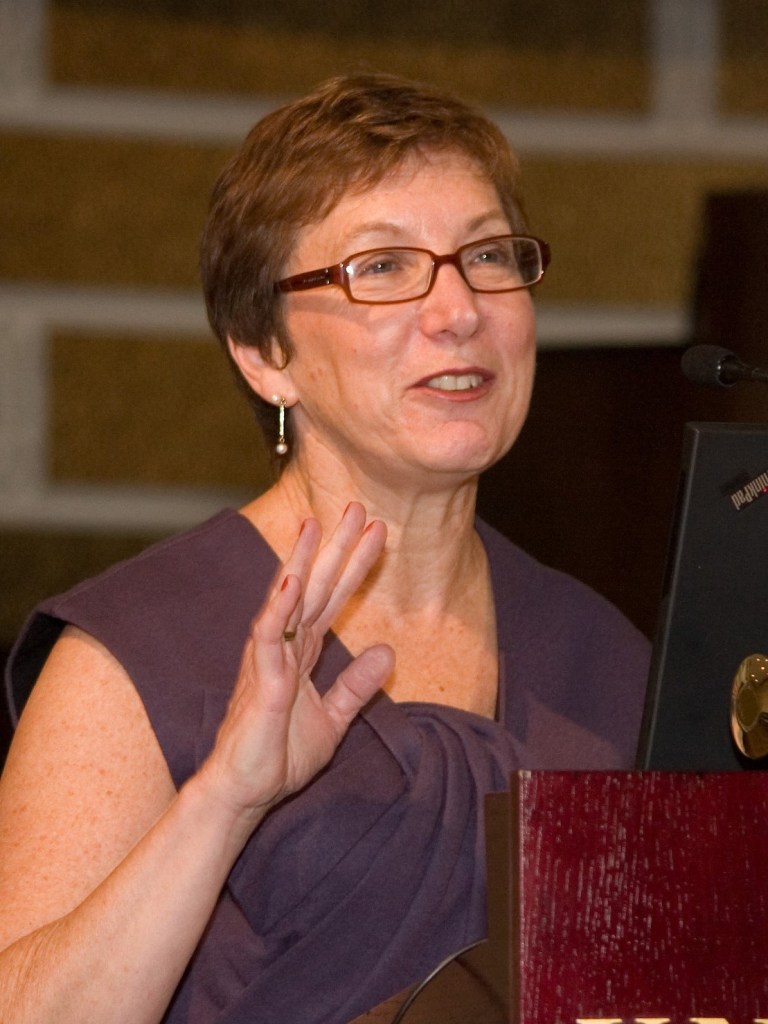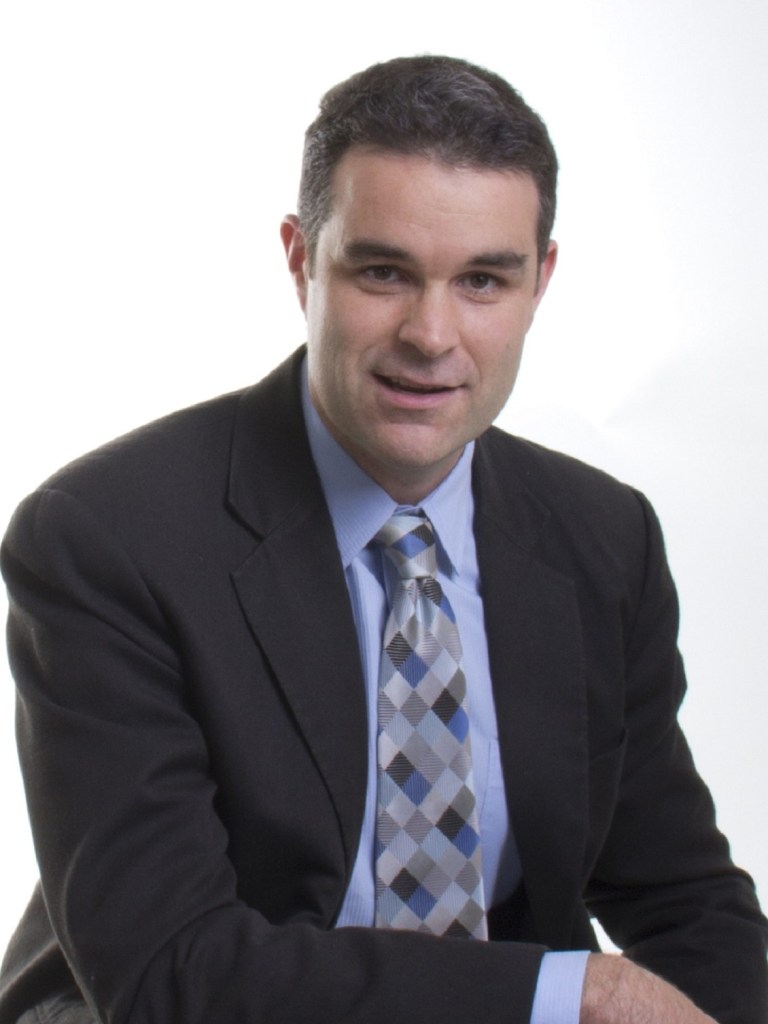When I published my academic article Witnessing Silence: The Palestinian Genocide, Institutional Complicity, and the Politics of Knowledge in June this year, I shared it on LinkedIn expecting it might quietly circulate among those already engaging with Palestine and decolonial education.
Instead, what followed was an unexpectedly wide response – emails, messages, and private conversations from academics and professional services staff across the sector, expressing that the piece gave language to something they had been living with but unable to name.
Where the original piece offered a theoretically grounded, autoethnographic account of institutional complicity and epistemic violence in UK higher education, this is a direct reflection on what that silence means in practice: for those of us who work within universities, support students, write policy, and try to teach with integrity in times of crisis.
This is not a neutral topic. Nor, I believe, should it be. But it is one that demands clarity, care, and honesty about what our sector chooses to say – or not say – when faced with the mass killing of civilians, including thousands of children. It also demands that we reckon with how our silences function, who they serve, and who they leave behind.
What is the silence we’re talking about?
Since October 2023, higher education institutions in the UK have issued few, if any, direct statements on the situation in Gaza. Where communications have been made, they have been strikingly general: references to “ongoing events in the Middle East,” or “the situation in Israel and Gaza.” In many cases, even the word “Palestine” is omitted altogether.
This is not simply a matter of tone. Language signals recognition, and its absence is felt. In the same period, UK universities have published clear and immediate statements on the war in Ukraine, the Christchurch mosque attacks, and the murder of George Floyd. These responses were swift and specific, naming both the nature of the violence and the communities affected.
By contrast, when it comes to Gaza, where, as of April 2025, the Palestinian Central Bureau of Statistics reported that 17,954 children killed, 39,384 children orphaned, and 7,065 children injured, many with life-changing disabilities most institutions have chosen vagueness or silence.
The use of the term “genocide” is not a personal flourish. It has been raised by international human rights organisations such as Amnesty International, by UN experts, and by legal scholars. It is also under formal consideration at the International Court of Justice, which in January 2024 issued provisional measures recognising a plausible risk of genocide in Gaza. To avoid naming this, or to replace it with neutral euphemisms, is not caution. It is abandonment.
I do not assume that this silence stems from indifference. In many cases, it reflects complex pressures: reputational risk, external scrutiny, internal disagreement, legal advice. But intention does not cancel out impact. And the cumulative impact of this silence is a deepening sense that Palestinian suffering is institutionally unrecognisable: too controversial to name, too politically fraught to mourn, too inconvenient to address.
How silence affects minoritised staff and students
The consequences of silence are not theoretical; they are lived. For many Muslim, Arab, and pro-Palestinian staff and students, the ongoing refusal to acknowledge what is happening in Gaza has created a climate of anxiety, exhaustion, and quiet despair. What I describe in my research as “moral injury” – the psychological toll of witnessing profound injustice while being expected to remain silent – has become, for many, a defining feature of daily academic life.
I’ve heard this from colleagues across roles and disciplines: early career researchers who self-censor in lectures and grant proposals, students too afraid to name Palestine in their dissertations, and professional services staff torn between personal conviction and institutional messaging. Some have received formal warnings; others speak only in private, fearful of reputational damage or being labelled as disruptive. The burden of caution is not equally distributed.
These are not isolated feelings. For many colleagues and friends, this silence also carries an unbearable weight: the knowledge that our lives are treated as less valuable and more easily dispensable. Conflicts in Iraq, Afghanistan, Yemen, Gaza, and Syria have taken millions of lives, yet they rarely provoke the same sustained outrage or mobilisation that far smaller losses elsewhere receive – a phenomenon documented by Kearns et al. (2019). To live with that awareness is haunting. And when universities, too, remain vague or silent, the omission feels less like caution and more like confirmation, that even here, in institutions that speak of justice and care, some lives – our lives – and losses are considered harder to name.
I want to be clear: I am not accusing individuals of deliberate harm. But when institutions fail to name atrocities, when they issue statements that sidestep historical context, and when they offer wellbeing support without acknowledging what that support is for, they deepen a sense of abandonment that many minoritised staff already carry. It becomes harder to feel safe, heard, or morally aligned with the institutions we work in.
Silence becomes censorship
Silence in our universities is not just absence. It often comes with a cost for anyone who dares to speak. What looks like neutral restraint can be revealed, in practice, as institutional censorship.
Since October 2023, disciplinary investigations have spread across UK campuses. A joint investigation found that at least 28 universities launched formal proceedings against students and staff over pro-Palestinian activism, involving more than a hundred people. Other reporting suggests that as many as 250 to 300 employees across the sector have been investigated or threatened with dismissal simply for expressing pro-Palestinian views.
A HEPI report documents how encampments across UK universities, including many Russell Group members, were met with heavy institutional responses. Emails obtained by journalists also show that university security teams adopted “US-style” surveillance tactics during protests, often under pressure from their own professional networks.
These are not isolated anecdotes. The pattern is clear. Silence is not neutral. It is often enforced. When colleagues or students raise their voices, they risk being investigated, disciplined, or even expelled. That cost is real and immediate, and it must be named.
Ethical contradictions
What makes the silence so disorienting is not just the absence of language, it’s the dissonance between that silence and the values our sector claims to uphold. We talk about decolonisation, inclusive pedagogy, and trauma-informed practice. We encourage students to “critically engage with systems of power,” and we celebrate academic freedom as foundational to our purpose. Yet when faced with a case of genocide – documented by international bodies, witnessed daily in the media, and devastating in its scale – many universities fall silent.
This is not simply a question of public statements. It is a deeper ethical contradiction that permeates the day-to-day environment of higher education institutions. When staff are encouraged to design anti-racist curricula but discouraged from naming colonial violence in Palestine, the message is clear: some histories are welcome, others are not. When mental health services are promoted but cannot address the context of collective grief, the care offered feels hollow.
None of this is new. As my article argues, the logic of institutional silence is historically patterned. Higher education has long been selective in its expressions of solidarity – often willing to speak when the political stakes are low, but cautious when they risk reputational or legal exposure. What we are seeing now is the cumulative effect of that selectivity: a moral framework that is uneven, inconsistent, and, for many, increasingly untenable.
What can institutions do?
If silence has consequences, then breaking it must be an intentional act. This doesn’t mean rushing to issue statements for every global tragedy. But it does require universities to reflect on the ethical frameworks guiding their public responses, especially when those responses (or omissions) disproportionately impact already marginalised groups.
First, naming matters. Even if a university does not take a political position, it can acknowledge the reality of civilian death and collective grief. It can refer explicitly to Palestinians as a people, not just as part of a geography. It can recognise that some communities in our institutions are disproportionately affected by what is unfolding, and that they are looking to us not just for pastoral care, but for moral clarity.
Second, policy protections must catch up with practice. Staff who speak out within the bounds of academic freedom should not face disproportionate scrutiny or reputational risk. Nor should students be penalised for engaging critically with the politics of occupation, war, or settler colonialism. Institutional support must be consistent, not selectively applied based on the political palatability of the cause.
Finally, universities must reckon with the unequal distribution of emotional labour. Many of us who are called upon to “lead conversations” on inclusion or belonging are also the ones absorbing the silence around Palestine. That dissonance is unsustainable – and addressing it requires more than a line in a strategy document. It requires courage, consistency, and care.
There is no perfect statement, no risk-free position. But neither is neutrality ever neutral. If we expect students and staff to bring their whole selves into our classrooms, then we must be prepared to name the losses and injustices that shape those selves—and to respond with more than silence.
Silence is not safety
The idea that universities must remain neutral in the face of political crisis may feel institutionally safe, but it is ethically brittle. Neutrality, when applied unevenly, is not neutrality at all. It becomes complicity, dressed up as caution.
What makes this moment so painful for many in the sector is not just the lack of solidarity, but the sense that even the language of care has become selective. If we are truly committed to fostering inclusive, trauma-informed institutions, then we cannot exclude entire communities from the scope of our empathy. We cannot preach justice in our classrooms while avoiding it in our corridors.
In the weeks following the article’s publication, I received messages from colleagues across the country – many from minoritised backgrounds – who described feeling both moved and afraid: seen, perhaps for the first time, but still unsure whether it was safe to speak.
There is still time for institutions to act, not by offering perfect words, but by showing they are listening. By naming what is happening. By protecting those who speak. And by recognising that silence is not safety. For many of us, it is precisely the thing we are trying to survive.

